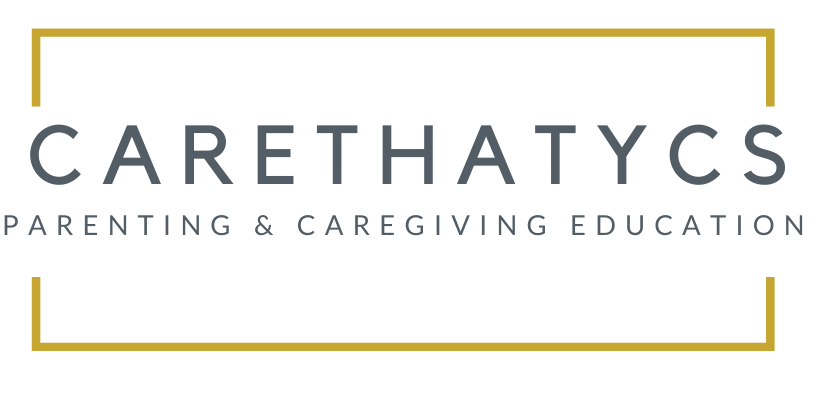Have you noticed that some babies have a white crust or flaking on their heads? It is ssually on the head, but it can be anywhere else on the body. It is known as infantile seborrheic dermatitis, cradle cap, or milk crust, as it is also commonly called; it is very common and although it may not look that good, it is not a bad thing for your baby and disappears voluntarily in a few months. Unfortunately, there is no way to prevent it or get rid of it quicly, although, there are some things you can do to ease the irritation of your baby’s skin.
What is cradle cap?
Cradle cap may come along with mild redness or skin irritation. It usually appears on the head, face, ear, eyelids, nose, and groin area. The good thing is that milk crust, as it is also called, is not contagious, it doesn’t hurt or itch, it doesn’t cause discomfort or scars.
Often the cradle cap is mistaken for eczema and dandruff, but the pediatrician can help you confirm the diagnosis because unlike cradle cap, eczema does cause itchiness and discomfort.
Sometimes, cradle cap appears after the baby has passed the newborn stage, after their first few months, or even when they are already a small child. It only lasts, in fact, a few months, but in some cases, it can last up to a year, and, very occasionally, you need a medicated shampoo to make it disappear.
Causes of the cradle cap
It is not known exactly the causes of cradle cap, but many pediatricians say that it is not due to lack of hygiene or allergy to some type of product or substance that they are using on the baby. What can cause cradle cap is the passage of hormones from the mother to the baby during pregnancy, increasing the production of oil from the sebaceous glands and follicles and thus retaining dead skin cells. Another reason may be Malassezia, a fungus that joins with bacteria and feeds on sebum.
You may wash your baby’s hair alternating a few days with mild baby shampoo, and this may help prevent it.
Is it possible to treat cradle cap?
The yellowish or whitish crust is not easy to remove, however, these tips can help you speed up the natural removal or at least ease the crust a bit:
- Wash your baby’s hair once a day. Ask your pediatrician if you can use your own baby shampoo and how often you can use it.
- Gently comb the baby’s hair and use a sponge to remove the flaking. Do not tear or rub the milk crust. If you loosen too much cone, wash where there is a crust to remove them.
- If the crusts do not come off, you can try to massage the area with coconut oil or sunflower oil, a few minutes before the bath. This way, it is easier to remove the most resistant ones. Then wash your hair with baby shampoo.
When to see your doctor
If the use of the shampoo is not causing any improvement, if the appearance of the milky crust seems to be getting thicker, or if it spreads over the baby’s body, see the pediatrician, so that they can prescribe a shampoo or cream appropriate for that specific purpose or as an antifungal treatment. As much as we see many homemade solutions out there, the ideal is to do nothing without the permission of your baby’s pediatrician.

